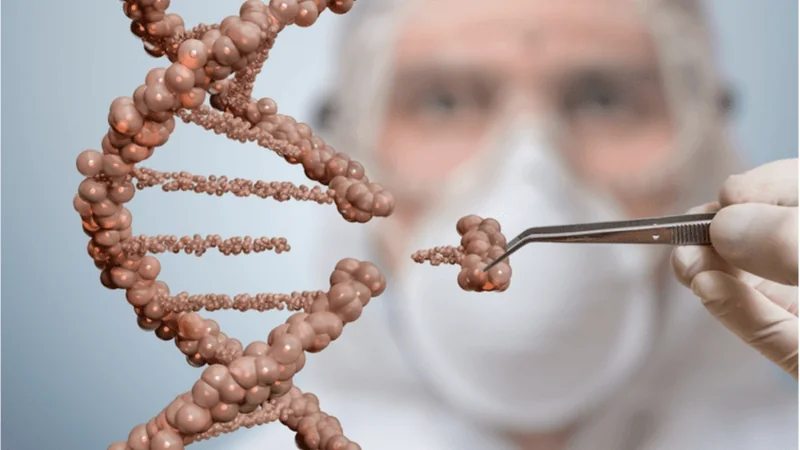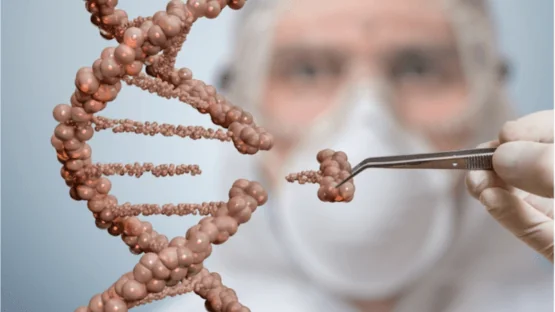A gene editing technique published in Nature has proven to be effective in a mouse model of Hutchinson–Gilford progeria syndrome (HGPS).
A single error causes tremendous damage
HGPS is a well-known disease that causes visible aging and early death in children. In progeria, the lamina that protects the genetic information in the nucleus is greatly weakened, leading to genomic instability, one of the primary hallmarks of aging. Children with this disease visibly suffer, as its symptoms include stunted growth, a lack of musculature, visible veins, and intensely wrinkled skin. The majority of children with HGPS die of heart failure in their teens.
The basic cause of HGPS, however, is simple. In progeria, the gene LMNA, which is responsible for encoding the critical nuclear protein lamin A, a genetic mutation has turned a single T/A base pair into a G/C base pair at a specific location. This single error is ultimately responsible for the myriad downstream effects of this disease.
A specialized solution
In order to restore the G/C base pair to its original T/A form, the researchers chose to employ an adenine base editor. This technique directly affects the base pair without employing any genetic splices; while this would be an ineffective strategy for more complicated errors, it is uniquely useful for the problem at hand. Introducing this therapy directly into human cell cultures was able to repair 87 to 91% of the progeric cells, and curing the genetic disease was shown to repair its downstream effects. Importantly, this therapy did not result in any off-target mutations.
Unfortunately, when this therapy was introduced into live transgenic mice two weeks after their birth through a single injection of an adeno-associated virus, only 20% to 60% of their cells in multiple organs were affected six months after injection. However, this partial improvement resulted in much healthier vasculature and more than doubled their average lifespan of 215 days to 510 days.
Conclusion
Curing progeria and other genetic diseases directly through gene therapies that affect existing cells in situ, as opposed to stem cells (patient-derived or otherwise), has long been a dream of the research community. If this therapy can be proven to work in humans, children with progeria may be able to look forward to much longer and healthier lives, particularly if researchers discover a better vector for introducing adenine base editors into living tissue.
Additionally, this gene editing technique may be useful against other small but significant genetic mutations, including those that influence, or are influenced by, the genomic instability of aging. While the epigenome and proteome have been shown to have tremendous effects on the pathologies of aging, the genome itself has long been considered to be the holy grail of biological interventions, and the more we master it, the closer to we are to a world in which every last one of the hallmarks of aging can be considered a solvable problem rather than an insurmountable wall.



